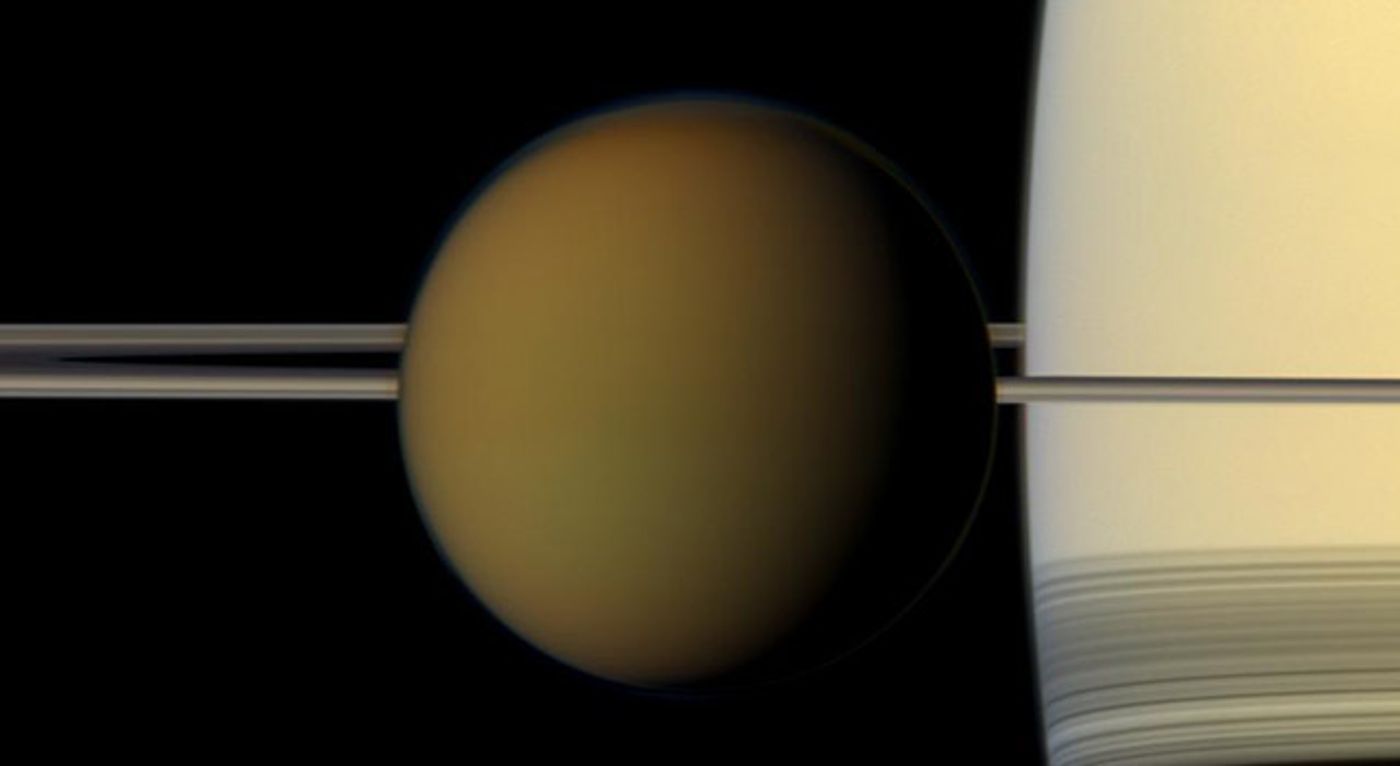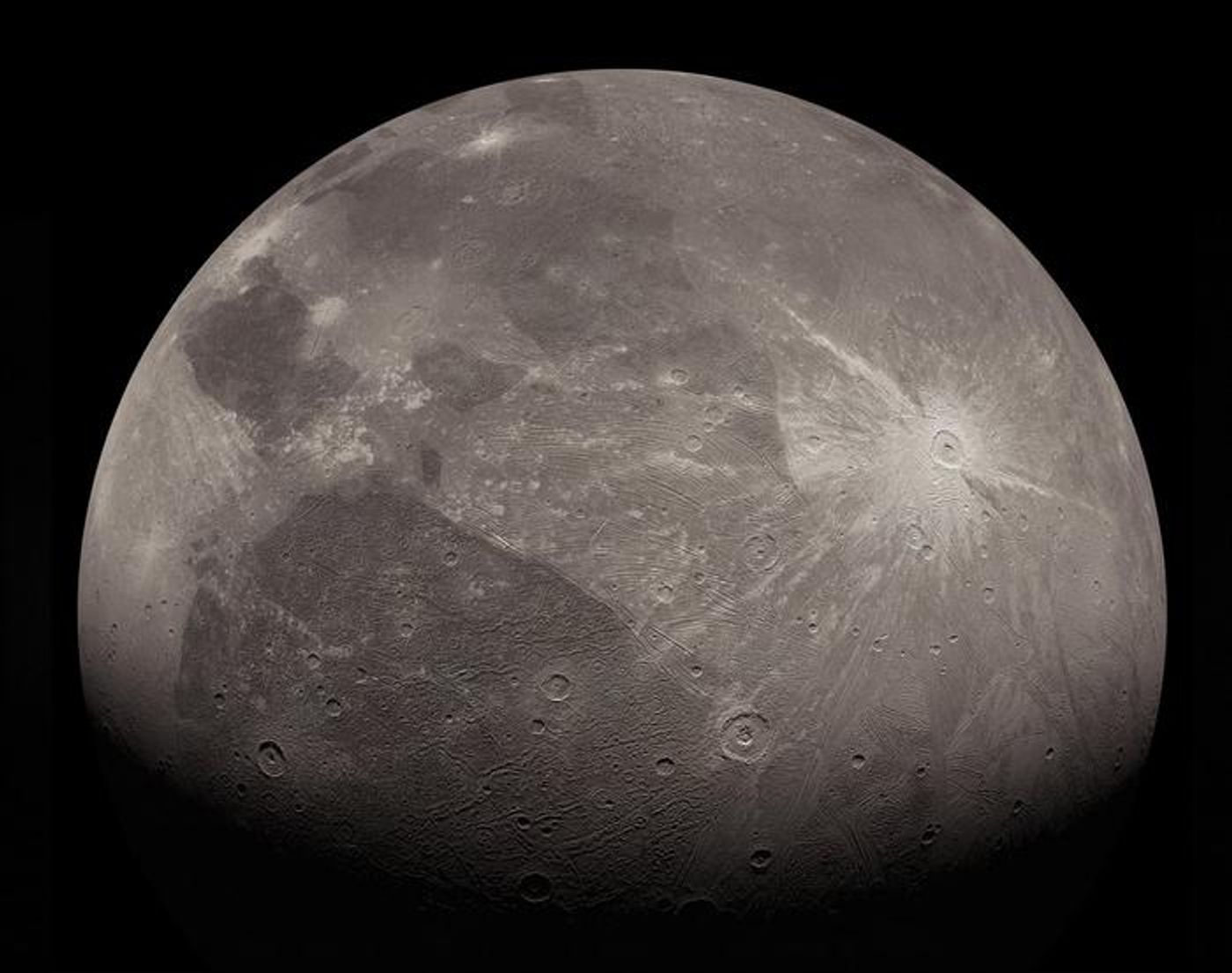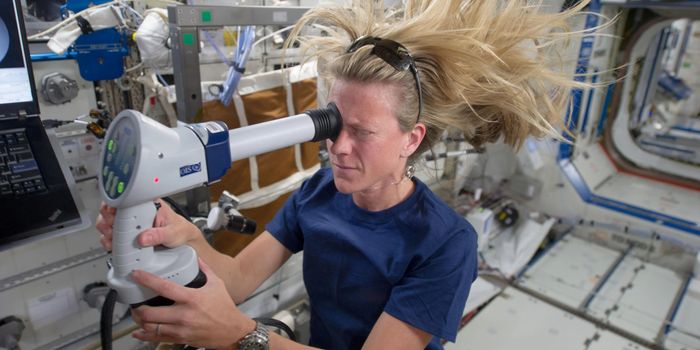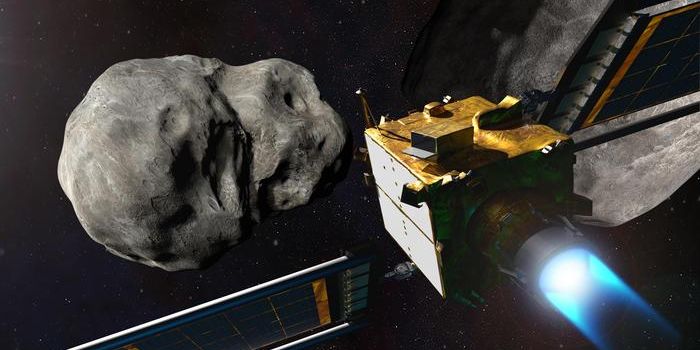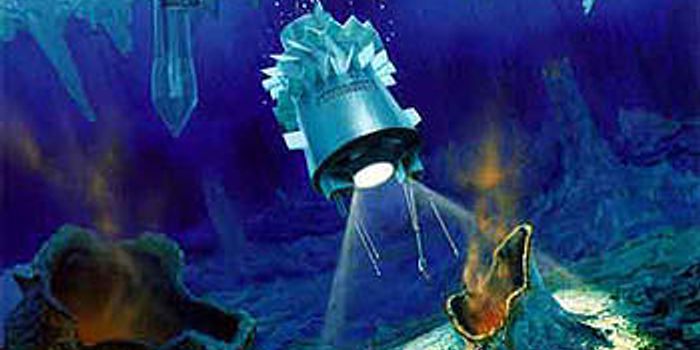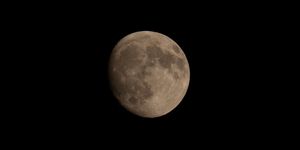Titan and Ganymede Revealed: Understanding Shear Deformation on Icy Moons
Two recent studies published in Icarus examine tectonic processes known as shear stresses which are also referred to as strike-slip faults on Saturn’s largest moon, Titan, and Saturn’s largest moon, Ganymede. While such processes are common on Earth, specifically with the San Andreas Fault in northern California, and have been observed on several icy moons throughout the solar system, these two studies hope to shed new light on the inner workings that cause these processes to occur on Titan and Ganymede, the latter of which is the largest moon in the solar system.
True color image of Saturn's largest moon, Titan, passing in front of the ringed planet taken by NASA's Cassini spacecraft. (Credit: NASA/JPL-Caltech/Space Science Institute)
Image of Ganymede, Jupiter’s largest moon and the largest moon in the entire solar system, taken by NASA’s Juno spacecraft. (Credit: NASA, JPL-Caltech, SwRI, MSSS, Kalleheikki Kannisto)
The Titan study focuses on how strike-slip faulting could be occurring at Selk crater, which is the proposed landing site for NASA’s upcoming Dragonfly mission, while the Ganymede study uses high-resolution data from NASA’s Galileo mission in the 1990s and 2000s to analyze a region known as Nippur/Philus Sulci, which scientists hope could help them better understand Ganymede’s geologic history.
“We are interested in studying shear deformation on icy moons because that type of faulting can facilitate the exchange of surface and subsurface materials through shear heating processes, potentially creating environments conducive for the emergence of life,” said Dr. Liliane Burkhard, who is a research affiliate in the School of Ocean and Earth Science and Technology at the University of Hawai’i, and lead author of both studies.
For Titan, Dr. Burkhard and her colleagues analyzed the likelihood of shear stresses occurring in Selk crater and found no such shear stress activity in the area, which could bode well as the potential landing site for Dragonfly in the coming years. For Ganymede, Dr. Burkhard and her colleagues analyzed crosscutting bands on Ganymede’s surface and identified three eras of geologic activity: ancient, intermediate, and youngest, along with evidence for past activity resulting from Ganymede exhibiting a more eccentric, or elongated, orbit around Jupiter.
“Geologic investigations, such as these, prior to launch and arrival, inform and guide mission activities,” said Dr. Burkhard. “And missions such as Dragonfly, Europa Clipper and ESA’s JUICE will further constrain our modeling approach and can help pinpoint the most interesting locations for lander exploration and possibly for gaining access to the interior ocean of icy moons.”
What new discoveries about Titan and Ganymede will scientists make in the coming years and decades? Only time will tell, and this is why we science!
As always, keep doing science & keep looking up!
Sources: NASA, NASA (1), Icarus, NASA (2), Icarus (1), EurekAlert!, NASA (3), European Space Agency
